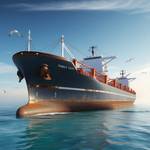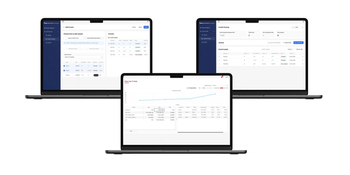Drug Smuggling on Ships and Submarines: An Escalating Threat
Drug smuggling has long been a lucrative enterprise for criminal organizations worldwide. With the increasing sophistication of law enforcement agencies and border controls, smugglers are continuously adapting their methods. One of the most challenging trends to combat is the use of ships and submarines to transport illicit drugs across international waters. This article explores the methods, routes, and challenges associated with maritime drug smuggling.
Methods of Smuggling
Commercial Vessels: Large cargo ships and container vessels are frequently used for drug smuggling. Criminals exploit the sheer volume of goods transported by these ships, making it easier to hide drugs among legitimate cargo. Containers filled with commercial products are often packed with hidden compartments containing drugs, making detection difficult.
Fishing Boats and Private Yachts: Smaller vessels such as fishing boats and private yachts are also popular choices for smugglers. These boats can easily blend in with regular maritime traffic and can operate in areas less scrutinized by authorities.
Submarines: Perhaps the most sophisticated method involves the use of submarines, often referred to as "narco-submarines." These semi-submersible or fully submersible vessels are built specifically for drug trafficking. They are designed to evade radar and sonar detection and can carry several tons of narcotics.
Notable Routes
The Caribbean and Eastern Pacific: These regions are prominent routes for drug trafficking, particularly for cocaine originating from South America. The Caribbean serves as a gateway to the United States and Europe, while the Eastern Pacific routes often lead to North America.
West African Coast: Increasingly, drug smugglers are using West Africa as a transit point for drugs destined for Europe. The region's weak maritime governance and porous borders make it an attractive route for traffickers.
Mediterranean Sea: This route is primarily used for smuggling drugs into Europe. The proximity to major European ports and the complex political landscape of the region facilitate smuggling operations.
Challenges in Combatting Maritime Drug Smuggling
Detection and Interdiction: The vastness of the ocean makes it challenging for authorities to detect and intercept smuggling vessels. Advanced technology, such as unmanned aerial vehicles (UAVs) and satellite surveillance, is increasingly used to monitor maritime activities, but smugglers continually evolve their methods to avoid detection.
Jurisdictional Issues: International waters present a jurisdictional challenge. Coordinating efforts between different countries' law enforcement agencies requires significant diplomacy and collaboration, which is often hindered by differing legal frameworks and priorities.
Innovation by Smugglers: The continuous innovation in smuggling techniques, including the use of narco-submarines and sophisticated concealment methods, makes it a cat-and-mouse game between traffickers and authorities.
Case Studies
Narco-Submarines: In recent years, several high-profile cases of narco-submarines have been reported. In 2019, the U.S. Coast Guard intercepted a fully submersible vessel carrying over 12,000 pounds of cocaine off the coast of the Pacific. These vessels are typically constructed in remote jungle shipyards in South America and can travel thousands of miles.
Commercial Ship Seizures: In 2020, U.S. authorities seized a record 20 tons of cocaine on a ship docked in Philadelphia. The drugs were concealed in seven shipping containers, highlighting the scale and complexity of maritime drug smuggling operations.
Maritime drug smuggling remains a significant challenge for global law enforcement agencies. The use of commercial vessels, fishing boats, private yachts, and increasingly sophisticated submarines requires constant vigilance and adaptation. International cooperation, advanced technology, and innovative strategies are essential to combating this ever-evolving threat.

















